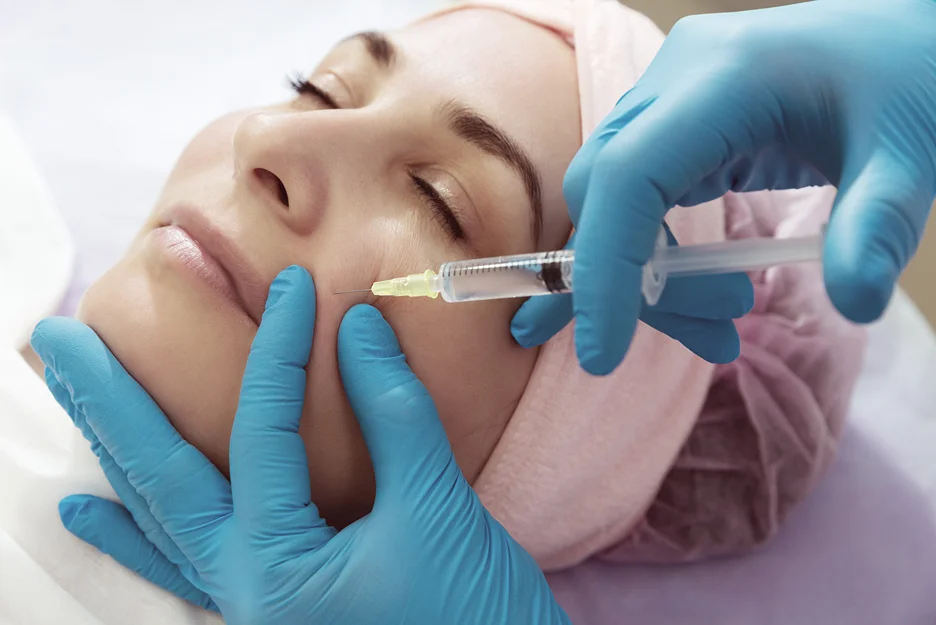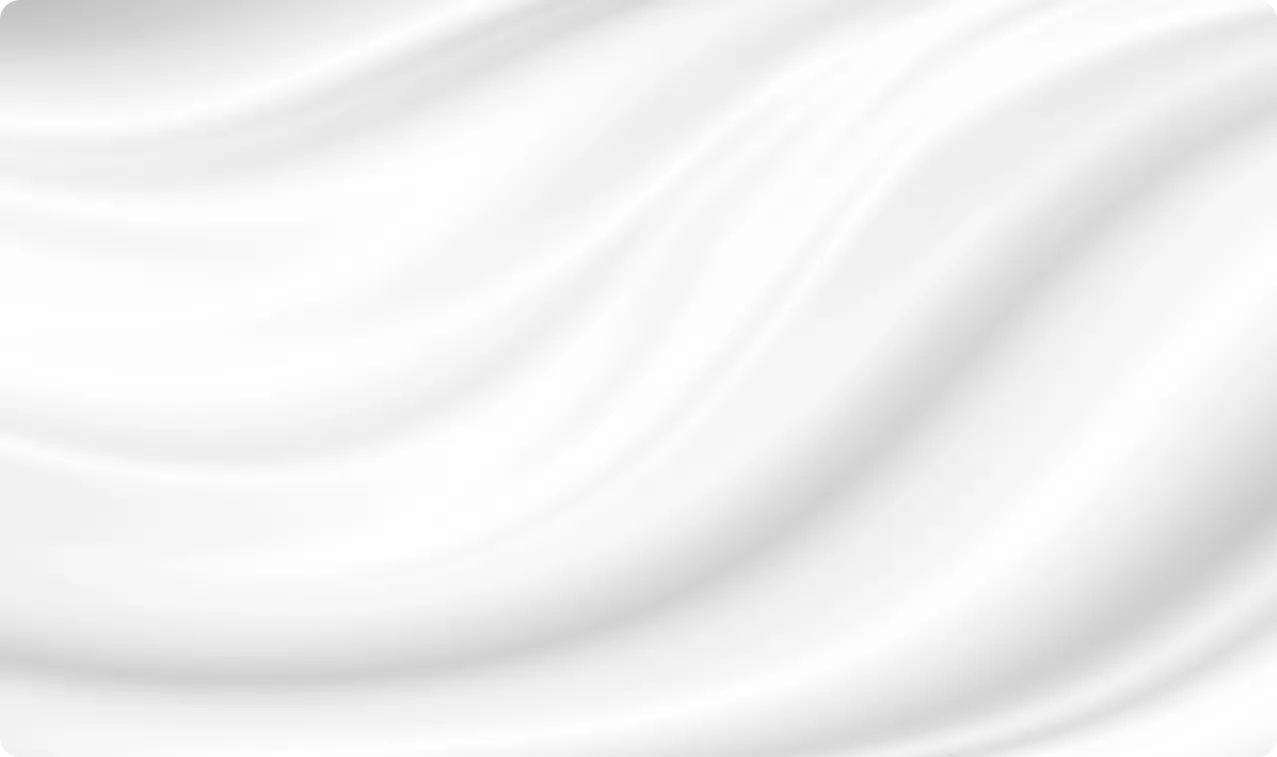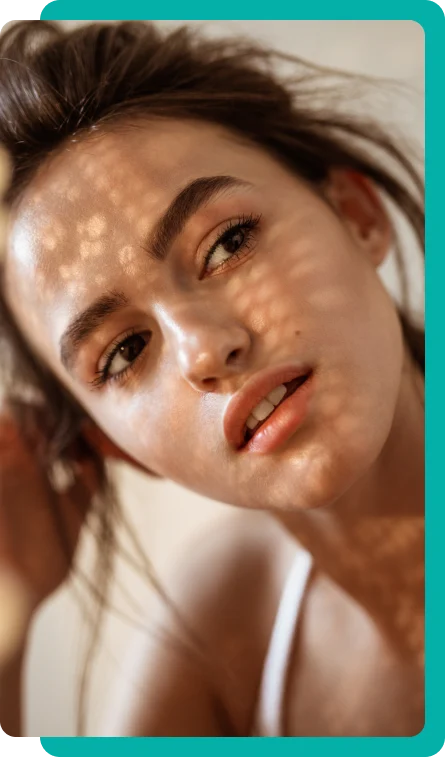Did you get cheek fillers recently? Congrats! The secrets to filler success don't lie in the injections alone, though. You have to prepare yourself for the rollercoaster ride of aftercare to maintain that youthful glow.
What should you expect and plan for after your cheek filler appointment? What precautions should you take in the hours, days, and weeks afterward?
This complete guide covers the critical dos and don'ts for optimal cheek filler aftercare. You'll learn proven techniques to manage side effects, modify daily habits, and follow the essential steps for maximizing your results.

Cheek filler injections involve having a dermal filler product carefully inserted into the soft tissues of the midface using a very fine needle.
There will likely be some mild swelling, redness, numbness, tenderness, or bruising around the injection sites afterward. Additionally, you may experience some minor discomfort, stinging, or pressure as the numbing medication wears off over the first few hours.
Do cheek fillers typically subside a few days after the treatment? Yes, bruising usually begins improving after day 3 and lasts 5-7 days at most. Allow up to two weeks for your cheeks to recover.
What’s the typical cheek filler recovery timeline? Here’s what to expect:
| Timeline | Expected Recovery |
| Days 1-3 | The most swelling, bruising, numbness and sensitivity. Discomfort can be managed with over-the-counter medication and cold compresses. |
| Days 3-7 | Swelling and bruising start improving. Numbness diminishes. Tenderness and discomfort decrease. |
| Week 2 | Noticeable improvements in swelling, although some mild swelling may remain. Numbness dissipating. |
| Week 3 | Swelling is generally resolved. Tenderness gone. Some subtle bruising may remain. |
| Week 4 | Results become apparent as remaining bruising fades. |
| Week 8 | Optimal results may become visible around this time, but can vary. |
Follow-up appointments with your provider are key during the first few weeks and months after cheek filler injections. Be sure to schedule any follow-up visits as recommended so your provider can check your progress, and results and answer any questions.
Occasionally, additional touch-up treatments are needed to achieve the desired cheek enhancement. Touch-ups are typically done around 4-6 weeks after initial treatment for most dermal fillers. Plan accordingly if your provider indicates you may need a touch-up.
It’s important to set aside adequate recovery time after your cheek filler appointment. While most side effects like swelling and bruising are mild, they can take 1-2 weeks to fully resolve.
Give yourself permission to take it easy during the first week. If possible, avoid major social events or obligations that would put extra pressure on you during early recovery.
Your provider will give you a list of specific aftercare instructions tailored to your filler type and injection sites. However, some fundamental cheek filler aftercare guidelines apply across the board:
Your provider will provide guidelines on when you can resume your normal activities after cheek filler injections. However, there are some key activities and situations you'll want to avoid during recovery:
It's best to avoid high-intensity exercise and sports for at least 48 hours. Activities like heavy weight lifting, running, and plyometrics can significantly increase blood pressure and circulation to the face, worsening swelling.
Ease back into your normal routine gently rather than going whole hog.
You don’t necessarily need to put your life on hold after cheek filler injections. But some modifications to your daily routine and habits can help optimize your results and avoid complications:

With some preparation and diligent aftercare, cheek fillers can be a smooth, comfortable cosmetic procedure that restores youthful contours to the midface region.
Most importantly, don’t hesitate to call your provider with any concerns or questions during your cheek filler recovery. While mild side effects are expected, alert them promptly about anything severe as described above.
Experiencing lackluster results from your cheek fillers? Proper aftercare is crucial, but the type of filler also matters.
Dr. Lanna offers advanced fillers like Voluma XC and Radiesse for youthful, defined cheeks guaranteed to turn heads.
Schedule a consultation to find your perfect match!
Before cheek fillers, halt certain supplements a week ahead to reduce bruising risk. Two weeks before, avoid aspirin and blood thinners. Allergies and infections impact suitability. Stick to FDA-approved fillers, and limit alcohol after for safer results.
After lip fillers, eat once numbness subsides (usually within hours) or after 1-2 days if there's swelling or discomfort. Opt for soft, gentle foods at first to avoid lip pressure. Avoid crunchy or chewy foods for 24 hours. Resume regular eating when lip sensation returns and discomfort subsides.

New Patients Enjoy $100 OFF on Tox or Filler Appointments!
*minimum 1 full syringe or minimum 25 units; Cannot be combined
